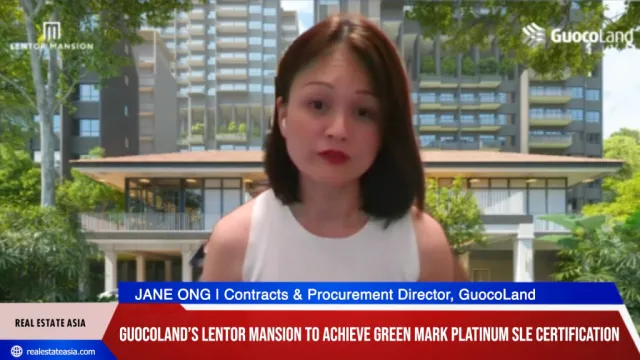
Australia, New Zealand office transaction volumes hit lowest levels since 2012
Volumes in Australia dropped by more than half in 2020.
JLL recorded AUD 10.89 billion worth of office transaction volumes across Australia and New Zealand in 2020 – the lowest volume since 2012. New Zealand was more resilient with office sector transaction volumes only falling by 15%, compared with Australia’s 57% reduction in 2020.
The office sector was negatively impacted by COVID-19, creating a cloud of uncertainty in relation to occupancy trends and valuation implications. Investors continue to express confidence towards prime grade assets.
Here’s more from JLL:
We saw benchmark sales across a number of geographies which highlighted that valuations for prime grade assets with strong covenants and long WALEs were proving resilient. Investors were more discerning when assessing opportunities for assets with income risk or capital expenditure requirements and the bid-ask spread widened in a number of instances.
Offshore capital sources faced new challenges in 2020 as international borders were closed and extended Foreign Investment Review Board (FIRB) time periods in Australia were an additional barrier to investment. The impact was less pronounced in Australia than New Zealand as a number of offshore capital sources have local teams based in Sydney and Melbourne and were able to inspect office assets. The attractiveness of the Australian office sector enabled offshore capital to overcome investment barriers and offshore investors accounted for AUD 6.15 billion or 63.4% of Australian transaction volumes by value in 2020.
Key Themes:
Transaction volumes back at 2012 levels: Transaction volumes were AUD 10.89 billion across the Australia and New Zealand office markets in 2020. A shortage of high quality investment grade product and uncertainty around cashflow assumptions for assets with vacancy risk impacted volumes.
Offshore capital sources were active participants: Offshore investors were subscribers to the Australian office market investment thesis. Offshore investors accounted for 63.4% of transaction volumes, well above the 10 year share of 44.2%.
Australia and New Zealand economies to rebound in 2021: The Australia and New Zealand economies managed the health crisis better than most mature economies and returned to a positive growth trajectory over the second half of 2020. Australia and New Zealand are expected to be two of the strongest performing mature economies over the next decade.
Office vacancy to follow a K Shape trajectory: Leasing enquiry and activity has started to recover and tenant enquiry will be drawn to assets with strong health and safety features. We expect to see a divergence in vacancy with prime grade assets recording high occupancy rates and vacancy pressures displaced to secondary grade assets.
A reduction in medium-term supply expectations: The medium-term supply profile has been lowered for a number of office markets over the 2021 to 2024 period. Net supply expectations could be further wound back if stock withdrawals move back towards the levels recorded in the early 1990s recession, post 2000 slowdown and financial crisis.
Office sector can generate attractive equity IRRs: Highly rated investors are able to secure debt finance on attractive terms for core office assets. We estimate that an investor can generate an equity IRR of between 9.00% and 9.50% when securing debt finance at between 2.00% and 2.50% on a LVR of 40%.
Reposition opportunity for value add strategies: Occupier demand for office space with strong health & safety features will lead to accelerated obsolescence for lower quality assets. An opportunity exists to allocate capital expenditure to reposition these assets at an affordable rental profile relative to modern prime grade assets.



















 Advertise
Advertise






